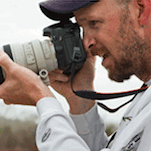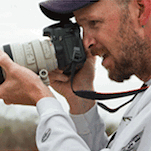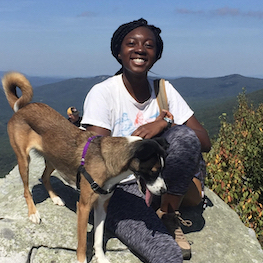Teachable Moments Series

Years ago, back when I was a Biology grad student, Kevin Bacon was at the height of his popularity. It seems he was everywhere, starring in films as varied as Footloose, Diner, and Tremors. His ubiquitousness eventually led to the parlor game, Six Degrees of Kevin Bacon, in which players attempt to link Bacon and an arbitrarily chosen actor in six steps or less. Links are created by actors that have appeared in the same film. For example, Russell Crowe can be linked to Kevin Bacon in three steps. Crowe worked with Kim Bassinger in L.A. Confidential, Bassinger worked with Mickey Rourke in 9-1/2 Weeks, and Rourke worked with Bacon in Diner. The game has been so popular that Bacon riffed on it when creating his nonprofit.
I was reminded of the game when my colleagues told me about Crab Trapper, a green crab flavored whisky from New Hampshire. The spirit is the brainchild of Tamworh Distilling and was inspired by a desire to help curb the spread of the invasive crustacean by increasing the market for it. And, coincidentally, it features the protagonist in our lab, Darwinian Snails, which explains evolution by natural selection using green crabs feeding on periwinkle snails.
For example, how many steps do you need to link biomes to Laphroaig Scotch Whiskey, which is distilled on the rugged island Islay off the coast of Scotland? I can do it in three. Biomes include wetlands. Wetlands include peat bogs. Peat is used to flavor some scotch. Similar chains could be built starting with ecosystem ecology or decomposition.
Alternatively, you could start with climate change and ask the generic question – how will it transform the adult beverage industry? There are many ways to attack this question. For example, one might note that the world is warming, warmer climates will allow winemakers to grow grapes in historically cold regions (and will kill grape vines in warmer ones). This will alter where wine is produced (and who makes it). Or, you could ask students to think about indirect effects on wine production. For example, a warming climate may expand the range of grape pests like the European grapevine moth.
The key here is to try and tap your students’ creativity and encourage them to think of the broader implications of the concepts you are presenting. It also may give you that excuse you were looking for to rewatch Footloose while sipping on a dram of Crab Trapper whiskey.






 San Francisco’s Algal Bloom
San Francisco’s Algal Bloom

